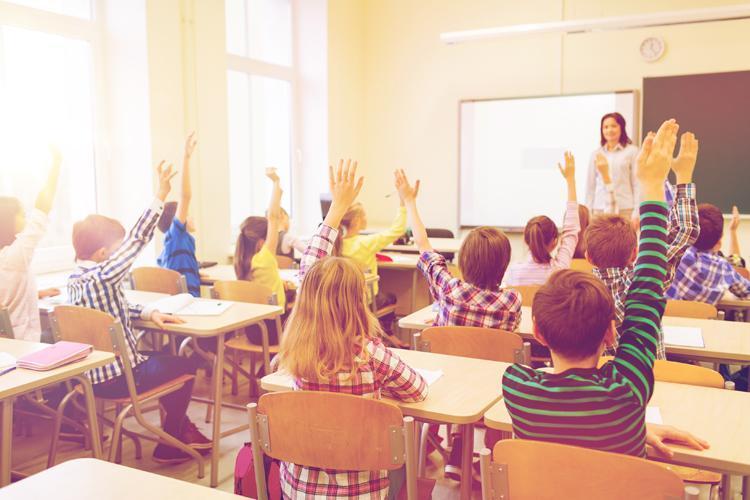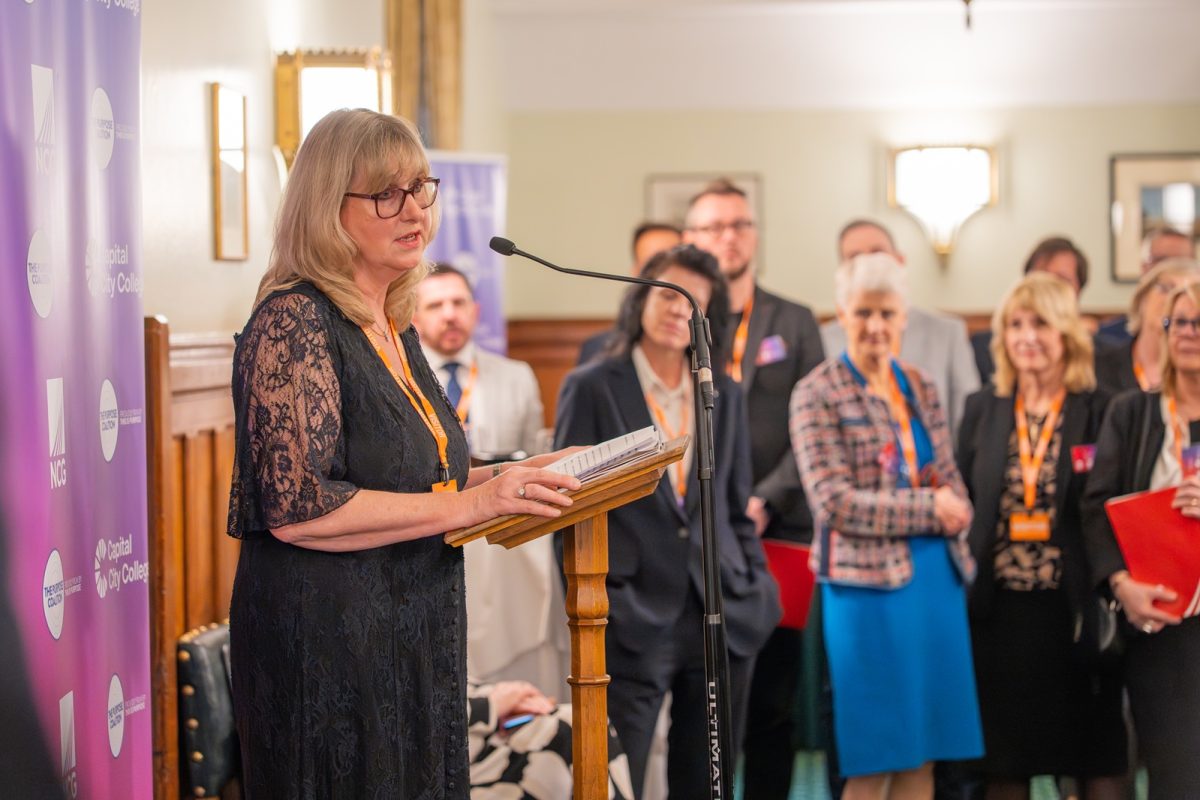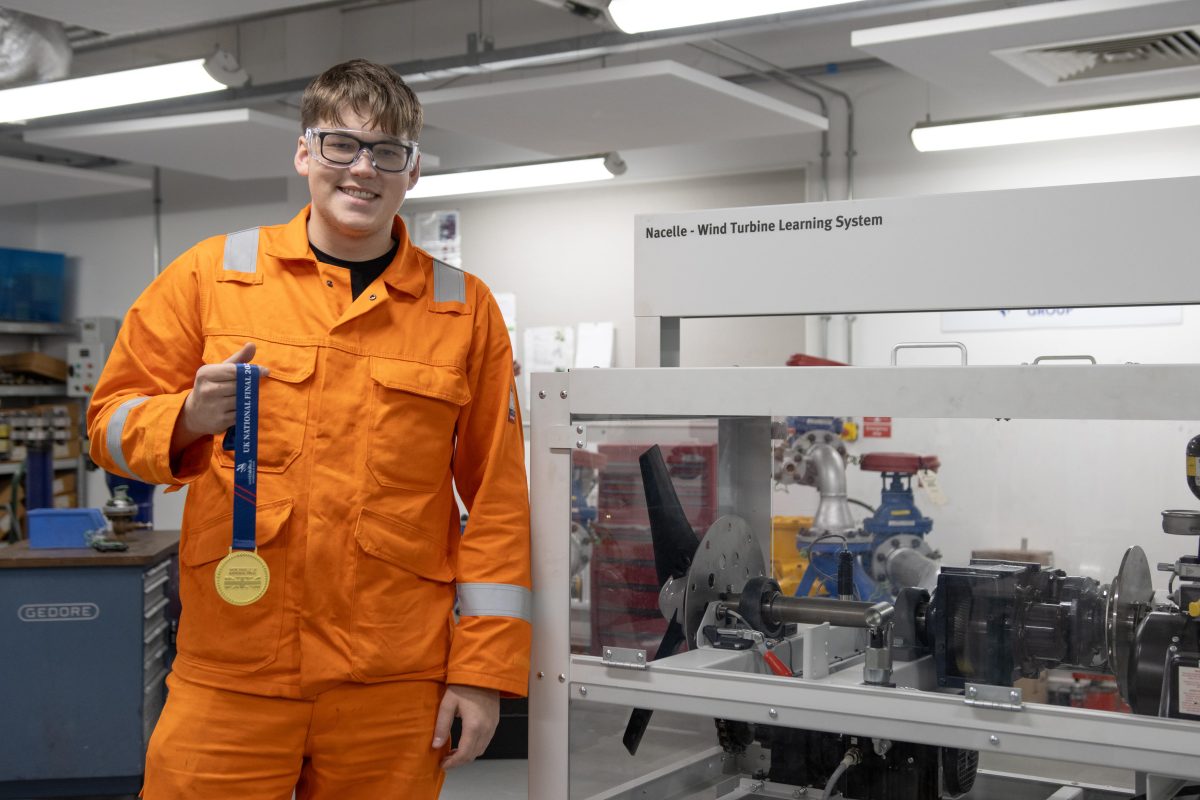Primary School Places Day – but are parents forgetting air quality?

Today is Primary School National Offer Day (16th April 2018).
many parents are failing to consider a crucial aspect of the learning environment – air quality.
The impact of air pollution on learning is often overlooked but according to one expert, it should be given the same attention as teaching standards and facilities.
Christian Lickfett is managing director of Commercial Air Filtration, a London-based supplier of high performance air filtration systems that can remove virtually all particle pollution, such as traffic soot, bacteria, viruses, mould spores and pet dander as well as chemical, gas and odour contamination.
He says:
“Some parents are still not asking head teachers about the air quality in the school’s classrooms, and that is a mistake. Air pollution can be a problem and the issue of good air quality is an important question parents should be addressing when assessing a learning environment for their offspring, particularly in built-up areas. Research studies show a clear link between air pollution and a child’s development.
“Poor air quality in a school can lead to tiredness and lack of concentration, as well as aggravate allergy symptoms such as rhinitis, hay fever and asthma. Ultra-fine air pollution can also have a direct long-term negative impact on cognitive development.”
The Need to Measure Air Quality and How It is Done
As part of his clean air awareness drive, Christian is encouraging parents to check potential schools are taking air quality in the classroom seriously, and if possible are providing an appropriate, pollution-free learning environment.
He adds: “You can have a school with the best teachers and facilities, but if the air quality is poor, such benefits will be compromised. To find the best school for your child, make sure the schools you are considering are serious about monitoring and controlling the quality of air in their classrooms.”
Parents now have more good or outstanding schools to choose from than in previous years. Overall, nine in ten schools are now good or outstanding, with 1.9million more children attending these schools than in 2010.
Academic standards are rising following the introduction of a more rigorous primary school curriculum with 154,000 more six-year-olds on track to become fluent readers than in 2012.
School Standards Minister Nick Gibb said:
This morning, thousands of pupils and their parents will find out which primary school they will be going to this September. Thanks to our reforms and the hard work of teachers, academic standards in our primary schools are rising across the country. Our young readers are among the best in the world, the proportion of primary school pupils reaching the expected standards in reading, writing and maths standards went up 8 percentage points last year and the attainment gap between children from wealthier and poorer backgrounds has narrowed by 10.5% since 2011.
A good primary school education lays the foundations for success at secondary school and beyond, so it is right that we help make sure every child reaches their potential from the moment they start their education. That’s why we’re investing £5.8 billion to create even more good schools and good school places – building on the 825,000 we’ve created since 2010 – resulting in 9 out of 10 pupils securing one of their top three choices of schools.











Responses